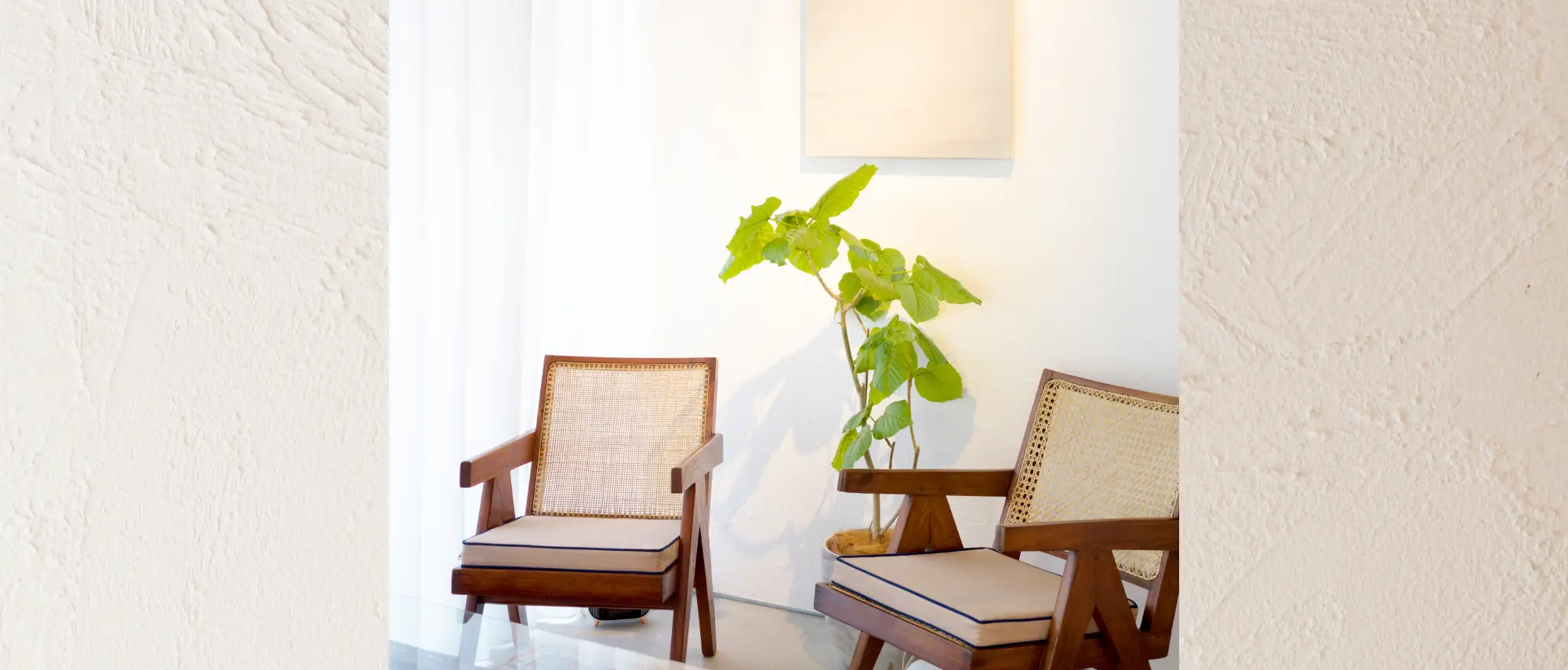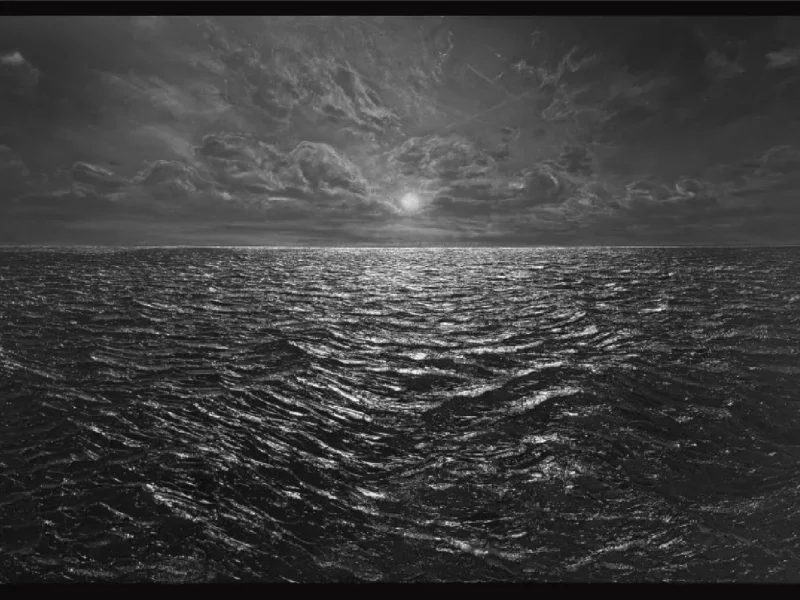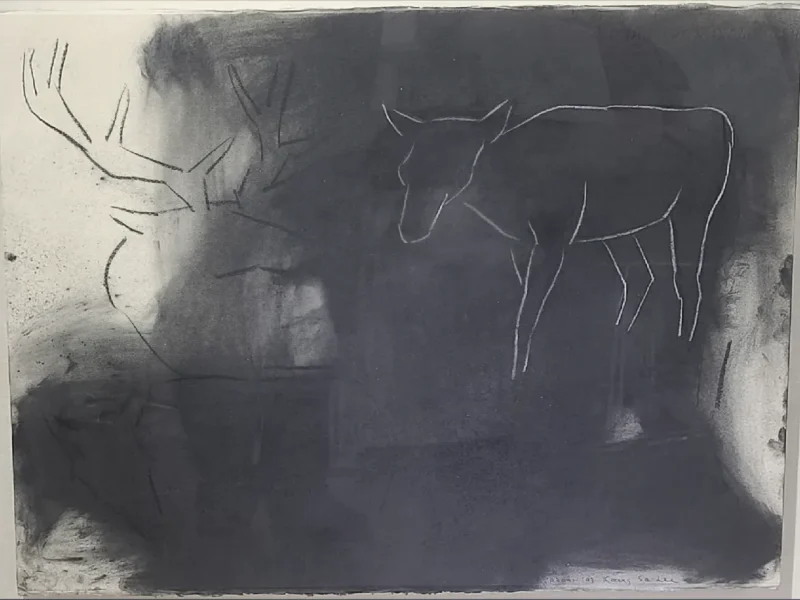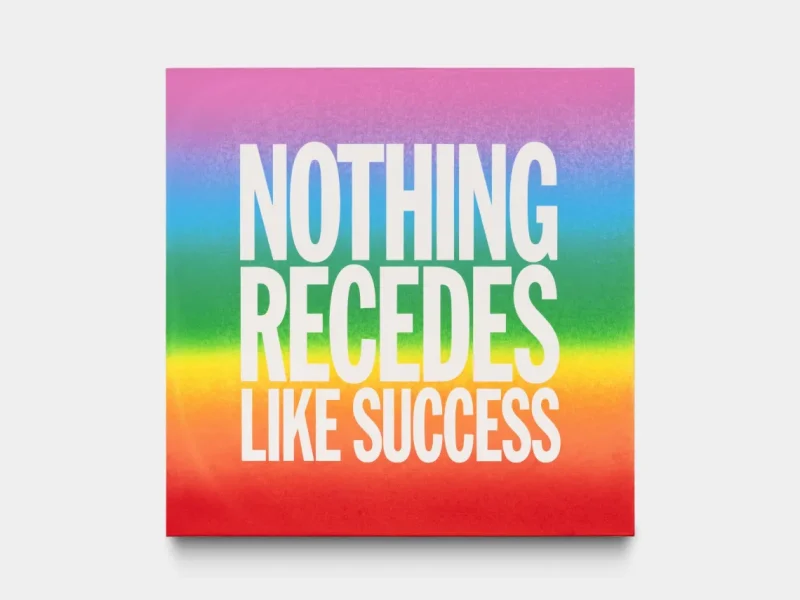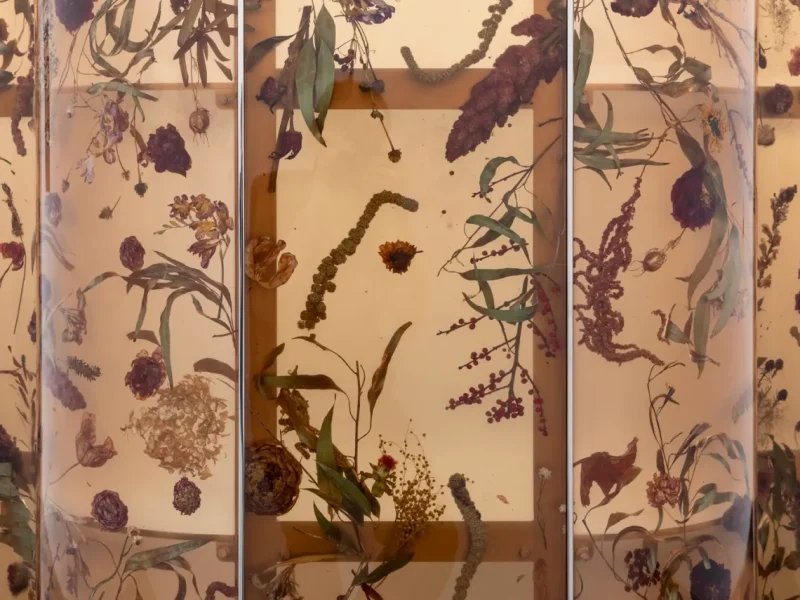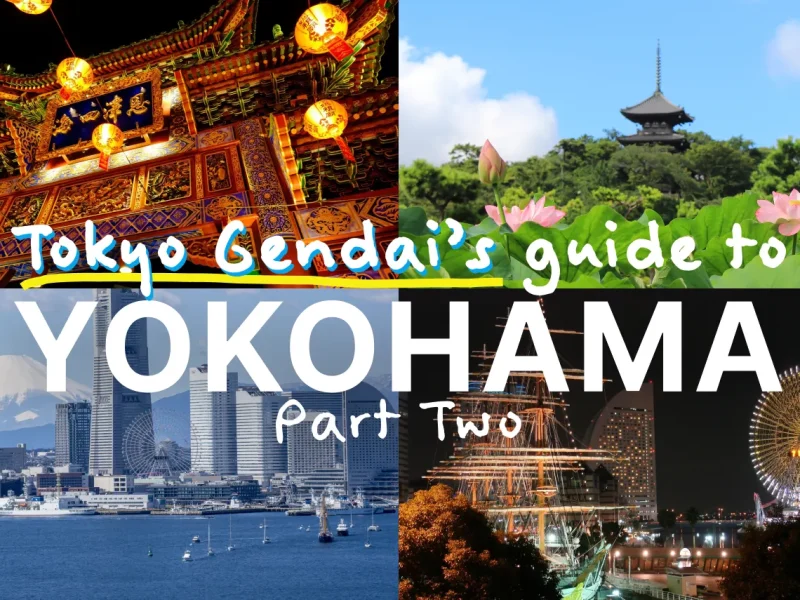<Recommended: Read the first half of the interview with Shin Takeuchi, in which he talks about his connection to his music career, the first time he purchased a work of art, and how his sense of values changed. >
We interviewed Shin Takeuchi, an art collector and former Director and CTO of Visional, Inc., and manages many fine dining establishments. We interviewed him at one of his restaurants, ISSEI YUASA, a restaurant in Nishi-Azabu, Tokyo.
In 2024, the TAKEUCHI COLLECTION “The lens within your heart” was held at WHAT MUSEUM in Tokyo, featuring contemporary artworks collected by Shin Takeuchi.
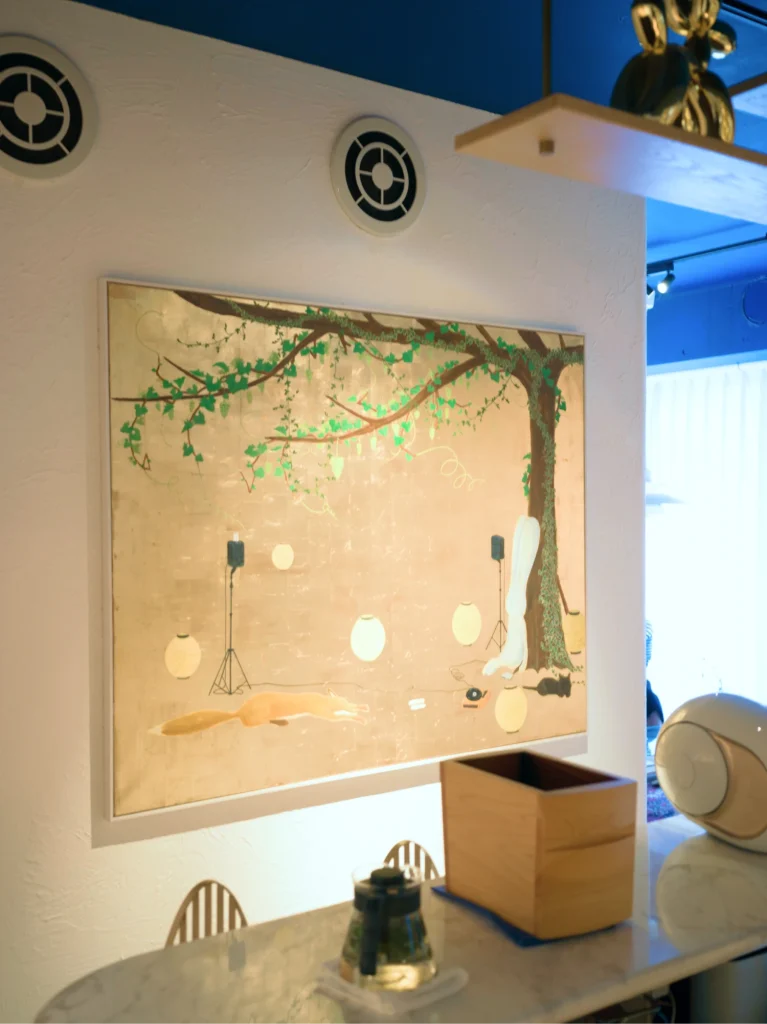
“It would be great if I could have a positive impact on society as a businessman, not just in the art scene, and give people the space (and wherewithal) to feel that it's nice to buy pieces of art and display them in their homes.”
Art as an asset
I would like to avoid looking at art as an asset.
The more I think of art as an investment, the more my work brain thinks about making money off of it. That means buying art solely based on its position in the market, rather than looking at it as art. I probably wouldn’t enjoy it at all.
If I want to look at it that way I probably can, judging which artists’ work I should buy for investment purposes. I don’t want to do that though- I want to put all that aside and genuinely enjoy the art. Art is like a mirror that makes me see my own thoughts and perspectives.
If I don’t do that, it will become like a job, and when I become an old man, I will probably hate art.
Advice to those who want to experience art as an asset
It’s totally fine. There is no doubt that there is an element to art being an asset. But you can’t buy something worthwhile if that is all you choose to look at.
The gallery has the hand in who they sell to. If you want to buy low and sell high, it will be hard to get a gallery to sell to a person with that reputation. It’s probably better to have a 50-50 split between trying primary and secondary markets, which will eventually bring you closer to your “goal.”
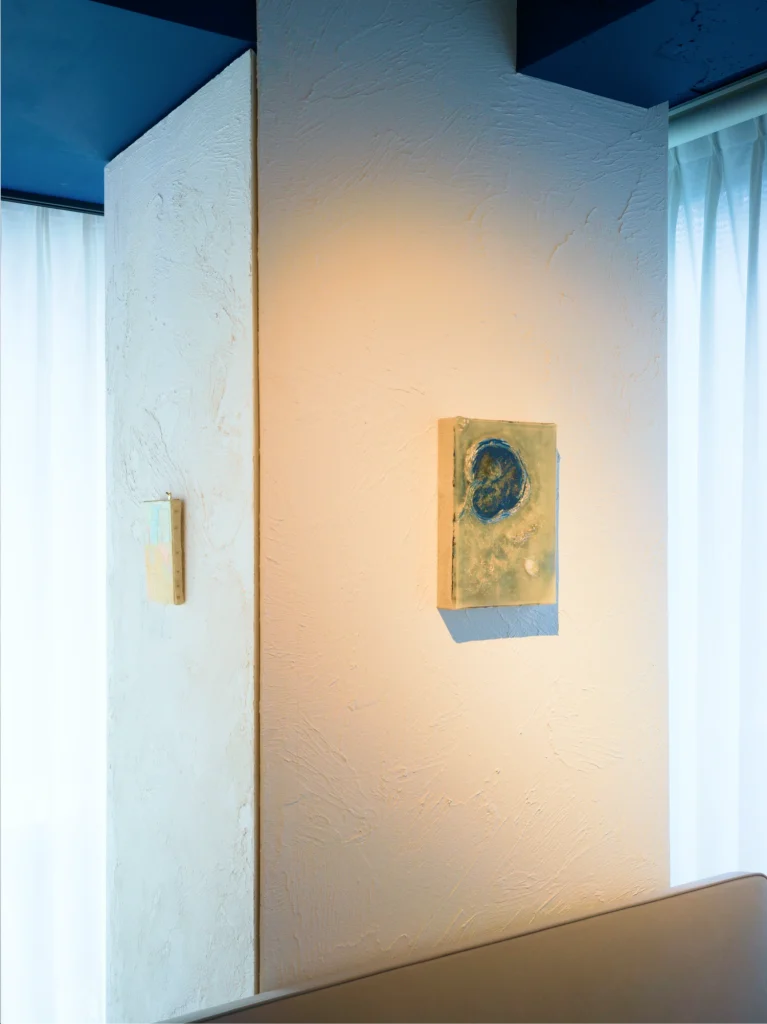
Are there any differences between the Japanese and international contemporary art scenes?
I research quite a bit, and I find that in the U.S., U.K., and France, there are some policies put in place, and in developed cities, there is a system that allows for a large amount of money to flow in.
There are policies regarding museum donations being tax deductible, or laws that require a percentage of large construction projects to be allocated for public works.
So, I think that art is being used by growing companies and by individuals for inheritance and so on.
While art can be enjoyed as a form of art appreciation, it can also be used as a way to prepare for inheritance tax payments in the future.
Even if it goes into the national museum in the end, there are countries that have a system to collect such expensive pieces. It sounds like I am talking about money, but rather in the sense that so many people have an appreciation of beauty. In Japan, the relationship between inheritance and art can be a bit tricky. Good collectors may not leave much cash behind, so the people receiving the inheritance end up having to sell their artworks. If there are more tax incentives for inheritance or corporate purchases, I feel there will be more motivation for Japanese people to buy art.
All this to say, even if you get your hands on good art early on, it can be sold to an overseas buyer at the moment of generational change. With this, Japan might find itself losing incredible artworks that these collectors have amassed.
Do you see any changes in the Japanese art scene
It is a very subjective observation, but the generation about 10 years older than ours may have been a bit more individualistic about collecting. Maybe they have art in their homes, but they do not show them off, and there isn’t a sense of community per se. I think we are starting to see more horizontal connections and camaraderie in my generation.
I feel that the older generation get art advisors, but our generation is different in the sense that we communicate with each other based on each other’s ideas.
In the end, I think maybe the difference is whether or not we grew up with social media. With social media, there is an environment in which information is distributed more horizontally than in older generations, so it is easier for information to spread.
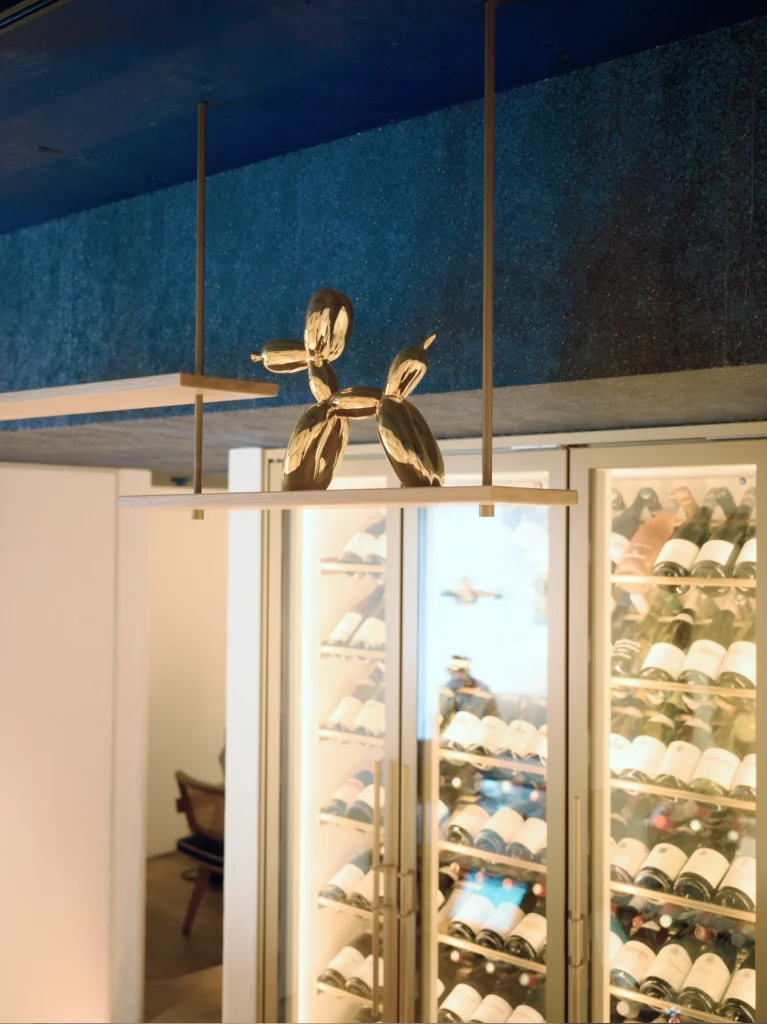
What are your expectations for the next generation of the Japanese art scene
That’s a difficult question- I don’t intend to lead the art scene at all!
To be completely honest, things like art, painting, or flowers won’t give us convenience or directly benefit our lives.
However, the more people enjoy such things as art, regardless of whether they are expensive or cheap, famous or unknown, the more they can afford to enjoy them. I think people are happier when we have the space to think this way, instead of having to worry about things like GDP figures.
On the contrary, when I listen to contemporary music, I feel that the music that is popular have themes around resignation or not knowing what to do about the future. Although I am not of the younger generation, I can imagine that if I were in my 20s, it would be pretty tough, and if I were a student, it would be even tougher to just exist nowadays. Despite my desire for everyone to be happy, on the contrary, I feel that the experience for Japan’s youth is not getting better. I’m not in politics, so it’s difficult for me to say, but I think it would be great if I could have a positive impact on society as a businessman, not just in the art scene, and give people the space (and wherewithal) to feel that it’s nice to buy pieces of art and display them in their homes.
I think it would be great if everyone could enjoy buying art more casually.
However, Japan has pretty unique potential.
Whether it is in the context of illustration or manga, the world of popular entertainment has entered the art scene, and this trend gives the impression that art is close to people’s daily lives.
This is unique to Japan, and I think it would be good to build on this, rather than just thinking about ways to expand the fine art market.
The trend of using the ‘feel’ of manga, illustration, animation, etc. into art is also unique to Japan. Because manga is so prevalent in Japan, this should make it easier for people to become interested in art.
If the barriers to entry are too high, if every contemporary art piece is too esoteric, people will not be interested. Eventually, they might grow a liking for abstract paintings, but that initial hurdle has to be lowered.
Whenever I go to the Louvre in France, I always see a teacher with a group of elementary school or kindergarten children in front of a work of art, explaining to them what the piece is about. It makes me feel like we will never be able to be there culturally. However, if you start with manga, have manga-like art, and enjoying such works becomes the norm, I think Japan does have a different kind of cultural strength. After all, manga is very common in Japanese people’s lives.
When I was a child, we were told not to read manga all the time, but now that my generation is of childrearing age, we have been exposed to reading manga quite regularly.
It is no longer something to belittle or something that’s considered lowbrow, and it is well recognized around the globe.
What are your expectations for Tokyo Gendai?
I think for many Japanese people, they do not imagine that you can buy art.
For example, Robert Indiana’s small sculptures LOVE. It’s very recognizable as an artwork, but a lot of people don’t know that it’s sold in editions.
I think just knowing that fact would impress people. No one thinks that the well-known art that they see or know can simply be purchased.
Just the idea that something you never even imagined you could buy being sold there.
From that moment, you can imagine the possibilities of that piece coming into your life, and maybe your relationship with art suddenly changes.
I think the first art fair I went to was Art Basel Hong Kong.
I didn’t know what to expect, but I was just amazed. I was not sure what it was all about, but it made me say ‘Wow!’. Fumio Nanjo told me to just buy something, anything. I did get one piece there, but it was my first time, and I didn’t really know what to expect. Then, I decided to go to Art Basel in Basel, where I’m astounded again that they sell these pieces. When I first saw the prices, I was shocked they’re selling 10-million-dollar pieces.
I mean, it’s not about the price, but I was just surrounded with artwork that even I, at that time, could tell who this work belonged to and how extraordinary it was.
I think I also had the realization of looking at works that I used to think only belonged in a museum, and to think I can buy that. Going to the art fair changed the world for me. I thought, “I can buy art.” I thought that was amazing.
I think it would be interesting and wonderful if at Tokyo Gendai, there were those iconic pieces through which people could have that same feeling of wonderment that I had that time.
<Thank you very much Shin-san. We look forward to seeing you in September.>
Shin Takeuchi Profile
Born in 1978, Shin began his career at Fuji Soft Incorporated, where he was involved in system development for government entities and major telecommunication firms. After working as a freelancer, he joined BizReach, Inc. during its founding phase, a leading Japanese job-matching service, later serving as CTO of Visional, Inc. and as a board member of the Japan CTO Association. He is currently a director at Medley, Inc. and actively involved in the management of several other companies. In addition to his corporate roles, he also operates a number of fine dining establishments in the Tokyo metropolitan area.
Photos by Yasutaka Ochi

